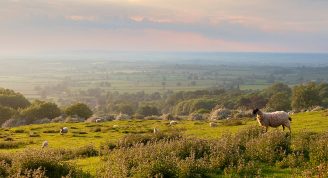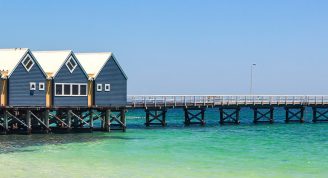Description
Marvel at the crashing white water of Victoria Falls, cruise the sprawling Okavango Delta and stake out natural waterholes in the Khama Rhino Sanctuary. This 37-day adventure is your ticket to diverse offerings and immersive experiences throughout Africa. Witness Ngorongoro Crater and the big cats of the Serengeti. Travel through verdant national parks and remote highland villages. Come face-to-face with wild animals and explore landscapes rich in natural beauty on this memorable journey across Africa’s south to the eastern plains.
- Protect the wilderness you came to explore by visiting the Khama Rhino Sanctuary, the only place left in Botswana where both black and white rhinos reside.
- Camping on a remote island in the heart of the Okavango wilderness is an experience you’ll never forget. As night falls, listen to the sounds of the bush coming alive.
- Go wildlife-spotting along the river in Chobe National Park, home of the world's highest concentration of African elephants.
- Discover the magic of South Luangwa National Park, a highly concentrated arena of noble beasts and exotic wildflowers, on 4x4 guided Game Drives at dawn and dusk.
- Get incredible views over the great plains of Tanzania after a hike to Irente viewpoint in the Usambara Mountains.









